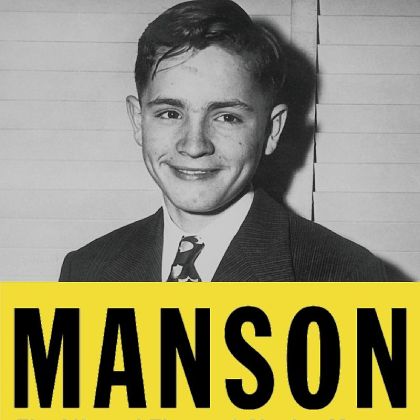The opening David L. Ulin’s Los Angeles Times review of the first comprehensive biography of Charles Manson, who remains as inexplicable as he is despicable four decades after this scar of a man taught American parents that their children were, to an extent, unknowable–strangers, even:
“Early in Jeff Guinn’s Manson: The Life and Times of Charles Manson, the first full biography of the infamous mass killer, there’s a moment of unexpected and discomforting empathy. It’s 1939, and Manson — 5 years old, living with relatives in West Virginia while his mother is in state prison for armed robbery — has embarrassed himself by crying in a first-grade class. To toughen him up, his uncle takes one of his daughter’s dresses and orders the boy to wear it to school.
‘Maybe his mother and Uncle Luther were bad influences,’ Guinn writes, ‘but Charlie could benefit from Uncle Bill’s intercession. It didn’t matter what some teacher had done to make him cry; what was important was to do something drastic that would convince Charlie never to act like a sissy again.’
That’s a key moment in Manson — both for what it does and for what it cannot do. On the one hand, it opens up our sense of Guinn’s subject, establishing him in a single brush stroke as more than just a monster, as a broken human being. On the other, it ends so quickly, without revealing what happened once he got to class, that it never achieves the necessary resonance.”

